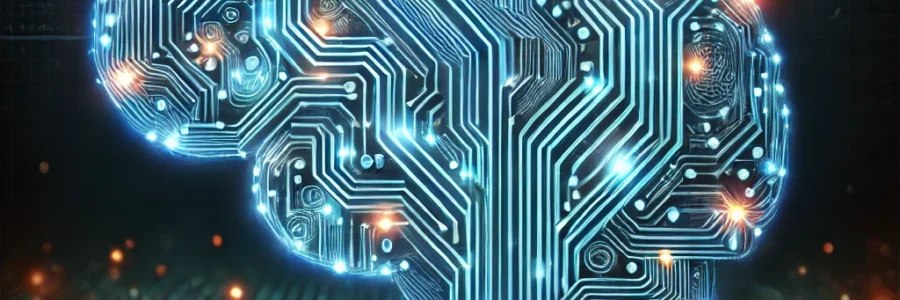Introduction
The convergence of Artificial Intelligence (AI) and Neuroscience has emerged as a transformative force, revolutionizing both fields. This symbiotic relationship has ignited unparalleled advancements in our understanding of cognition and paved the way for innovative diagnostic and therapeutic approaches in neuroscience.
Artificial Neural Networks
Artificial Intelligence has made significant strides in replicating the intricate workings of the human brain through Artificial Neural Networks (ANNs). ANNs mimic the architecture and behavior of neurons, enabling machines to process information and perform tasks that typically require human intelligence.
The structure of an ANN comprises interconnected neurons organized into input, hidden, and output layers. During training, the weights associated with these connections are adjusted to minimize the difference between the predicted and actual outputs.
The Brain’s Neural Networks
The human brain’s intricate neural networks are a marvel of biological engineering. Billions of neurons communicate through electrical and chemical signals, forming highly dynamic networks. These networks process information, facilitate decision-making, and govern behavior.
Neurons receive signals from other neurons via their dendrites, process the information, and transmit it to downstream neurons via axons. Neuroplasticity, the brain’s ability to reorganize in response to experience, allows for learning, memory formation, and recovery from damage.
Recurrent Neural Networks
Recurrent Neural Networks (RNNs) are a type of ANN that utilizes hidden states to capture patterns in sequential data. Unlike traditional ANNs, RNNs process input sequences one step at a time, leveraging past inputs to influence current outputs.
This capability makes RNNs ideal for tasks such as language modeling and time series forecasting. Similar to the brain’s memory processes, RNNs adjust their hidden states with each input, continuously updating their output.
Convolutional Neural Networks and the Brain
Inspired by the human visual cortex, Convolutional Neural Networks (CNNs) excel at processing visual data. Through multi-layered analysis, CNNs detect patterns in visual inputs, much like the brain’s hierarchical processing of visual information.
CNNs have transformed domains such as image recognition and computer vision. Their ability to identify and classify objects in images aligns with the brain’s complex feature extraction and categorization processes.
Conclusion
The collaboration between Artificial Intelligence and Neuroscience is a testament to the power of interdisciplinary research. By unraveling the mysteries of the human brain, we can create AI systems that emulate its remarkable capabilities. This synergy promises to unlock new frontiers in medicine, engineering, and our understanding of the human mind.
